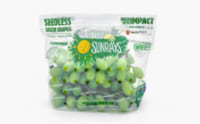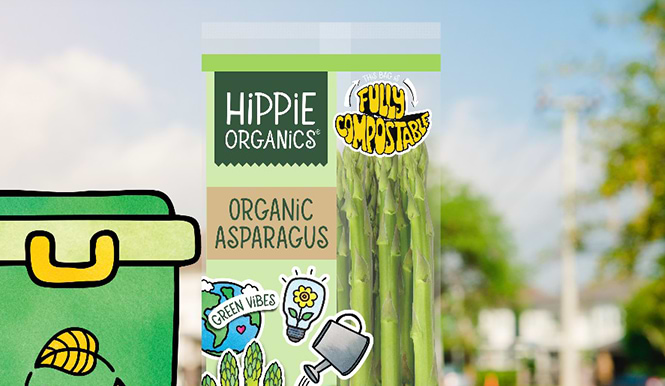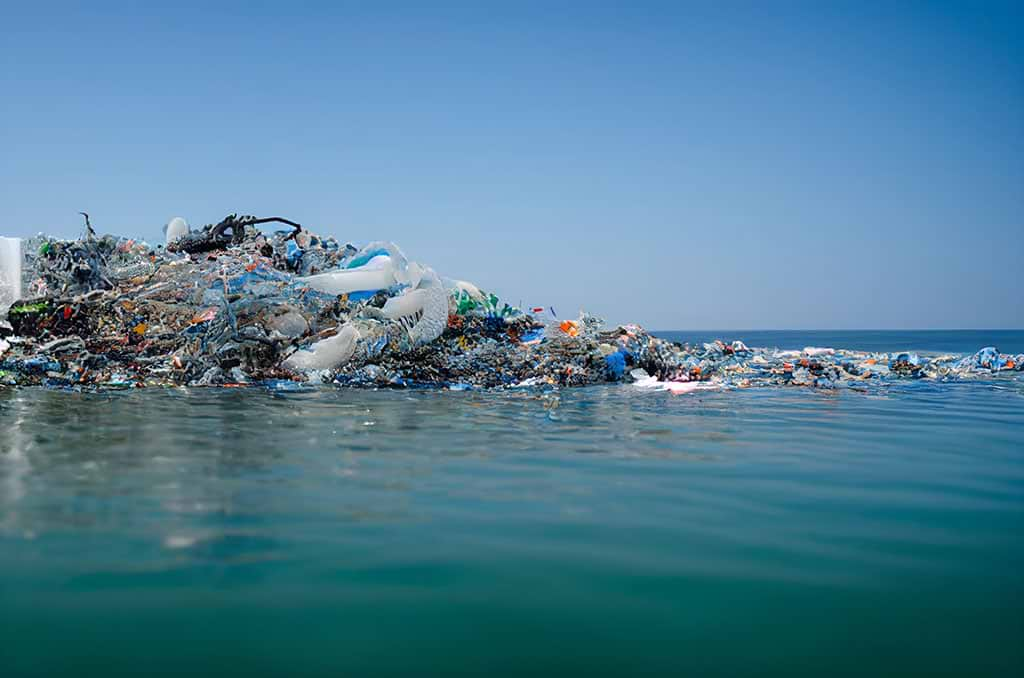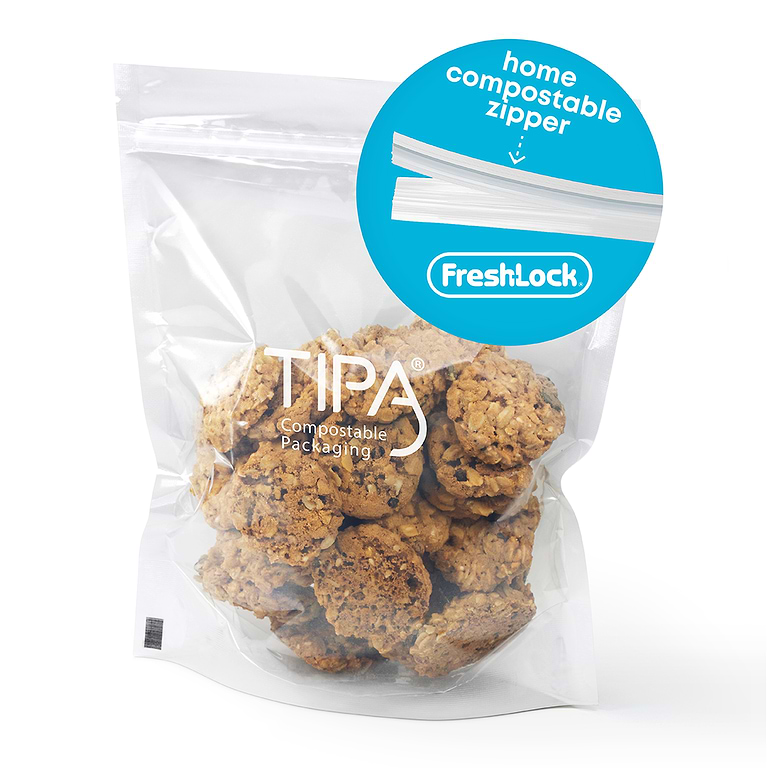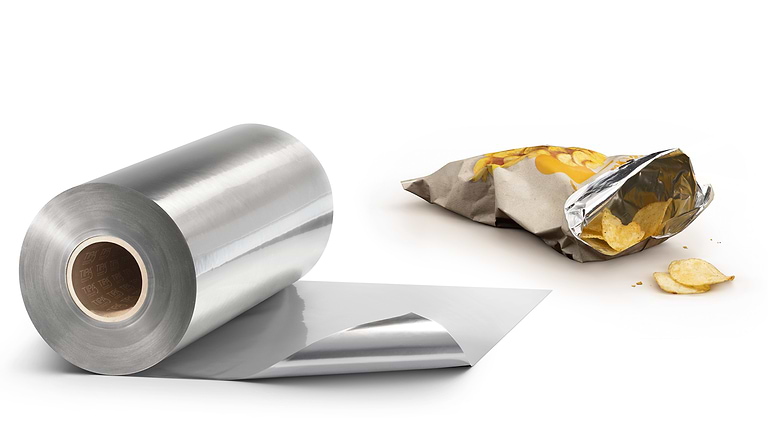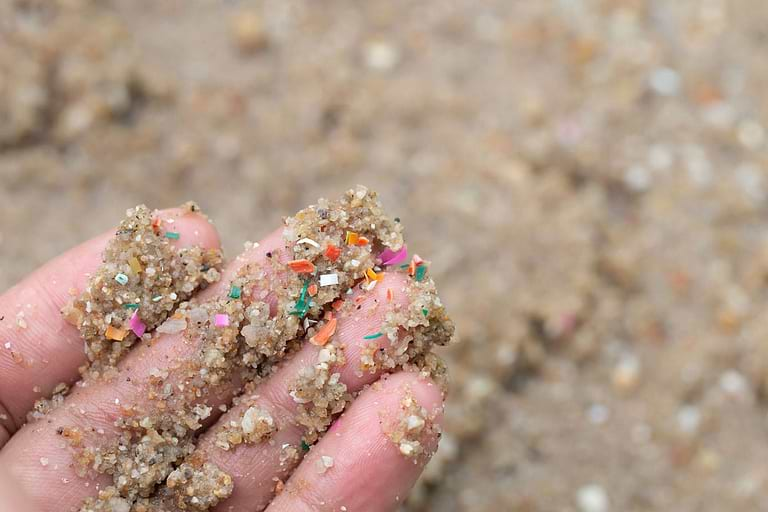Introduction
Ocean-bound plastic has become one of the most pressing environmental issues of our time. Every year, an estimated 8 million tons of plastic waste enter our oceans, contributing to the 75 to 199 million tons already present. This pollution severely impacts marine life, ecosystems, and even human health. One of the most horrifying examples of how severe this pollution is can be seen in the Great Pacific Garbage Patch, the largest trash site on the planet, which is located in the North Pacific Ocean. The patch is twice the surface area of Texas and contains more plastic than sea life, with 705,000 tons of fishing nets making up a significant portion of the debris. By 2050, plastic pollution is projected to outnumber fish in the oceans. Studies show that plastics make up 60-90% of marine pollution, highlighting the urgent need for action to address this environmental crisis.Understanding what ocean-bound plastic is and finding effective solutions is crucial for combating this global crisis. In this article, we will explore the concept of ocean-bound plastic, its impact, and how innovative approaches like zero waste packaging can help mitigate the problem.
What is Ocean Bound Plastic?
Ocean-bound plastic refers to plastic waste that is found within 50 kilometers (approximately 30 miles) of coastlines and is likely to end up in the ocean if not managed properly. This classification helps to identify and prioritize areas where intervention is most needed to prevent plastic from entering the marine environment. Key sources of ocean-bound plastic include:
Mismanaged Waste: Inadequate waste management systems in coastal areas are a significant contributor. This includes littering, open dumping, and lack of recycling infrastructure.
Riverine Inputs: Rivers transport a considerable amount of plastic waste from inland areas to the sea.
Tourism and Coastal Activities: Beaches and coastal areas frequented by tourists often suffer from increased plastic pollution.
The Impact of Ocean Bound Plastic
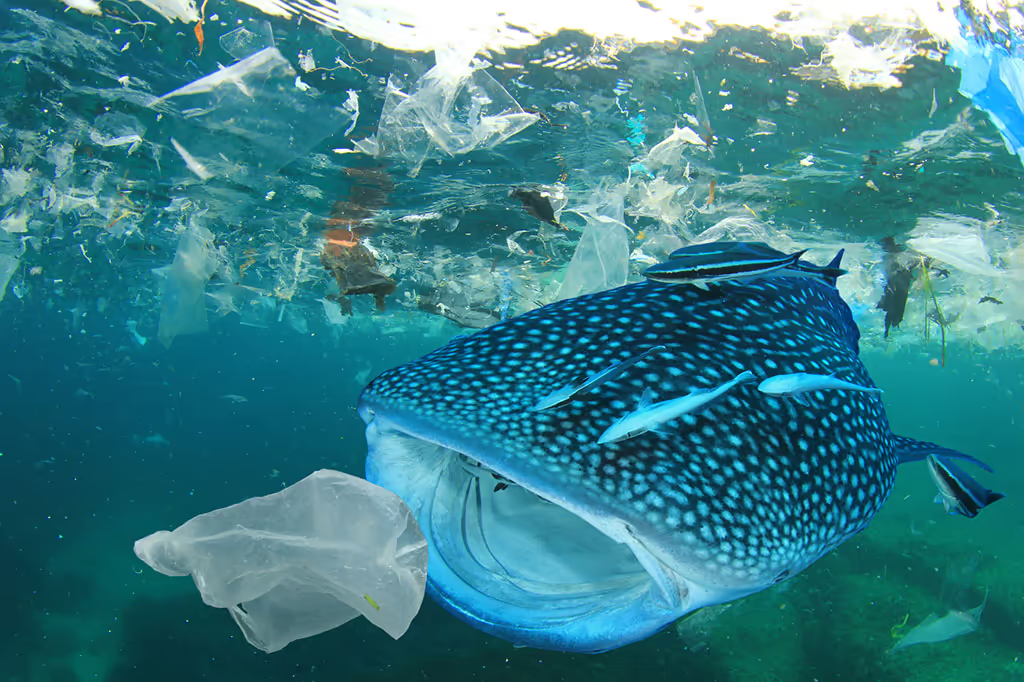
The effects of ocean-bound plastic on the environment and human health are profound:
Marine Life
Animals such as fish, birds, and marine mammals ingest plastic debris, mistaking it for food. This can lead to injury, starvation, and death. Entanglement in plastic waste is also a significant threat.
Ecosystems
Coral reefs and other vital ecosystems are smothered by plastic debris, disrupting habitats and affecting biodiversity.
Human Health
Microplastics, which form when larger plastic debris breaks down, have entered the food chain. These microplastics carry toxins and pose risks to human health when ingested through seafood.
Economic Costs
The presence of plastic pollution affects tourism, fisheries, and shipping industries, leading to substantial economic losses.
Solutions to Combat Ocean Bound Plastic
To address the ocean-bound plastic crisis, a multi-faceted approach is required. This includes reducing plastic use, improving waste management, and promoting sustainable alternatives. One such alternative is zero waste packaging.
Zero Waste Packaging: A Sustainable Solution
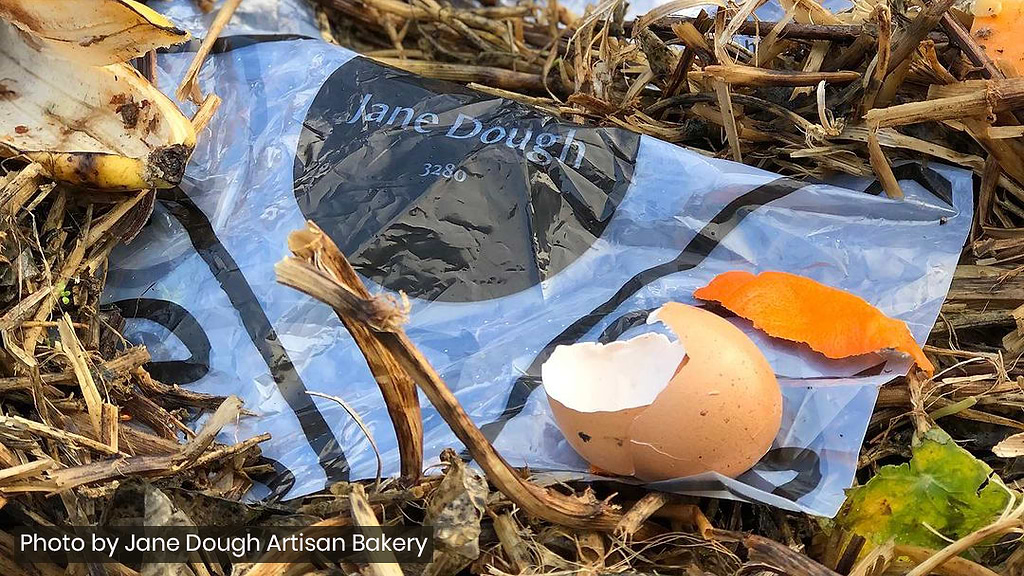
Zero waste packaging is designed to eliminate waste by ensuring that all packaging materials are reusable, recyclable, or compostable. Companies like TIPA are pioneering in creating flexible packaging solutions that mimic the functionalities of conventional plastics, such as durability and trasparency but have a much more sustainable end-of-life. Here’s how zero waste packaging can help combat ocean-bound plastic:
Compostable Packaging
TIPA’s packaging solutions are made from materials that decompose naturally, just like organic waste. This ensures that even if the packaging ends up in the environment, it will break down without harming ecosystems.
Durability and Shelf Life
One of the significant challenges with sustainable packaging is maintaining the qualities consumers expect, such as durability and shelf life. TIPA’s products ensure these qualities are not compromised.
Reduction of Single-Use Plastics
By providing a viable alternative to conventional plastic packaging, zero waste solutions reduce the reliance on single-use plastics, which are a major source of ocean-bound plastic.
Consumer Awareness
Using zero waste packaging raises awareness among consumers about the importance of sustainable choices and encourages responsible disposal practices. Some of TIPA’s customers, such as 4WKS and Fresh Harvest, are already embracing these practices.
What Can We Do to Support Zero Waste Packaging?
Adopt Sustainable Practices
Both consumers and businesses need to prioritize sustainable packaging solutions. Choosing products that use zero waste packaging supports the market and encourages further innovation.
Advocate for Better Policies
Supporting regulations that promote the use of sustainable materials and improve waste management infrastructure is crucial. This includes advocating for bans on single-use plastics and incentives for compostable packaging.
Educate and Raise Awareness
Education campaigns can help inform the public about the importance of reducing plastic waste and the benefits of zero waste packaging. Schools, communities, and businesses should be involved in these efforts.
Support Innovations
Investing in and supporting companies that are developing new, sustainable packaging technologies can accelerate the transition to a zero waste future.
Case Studies
TIPA’s Collaboration with Food Brands
TIPA has partnered with several food brands to implement zero waste packaging solutions. For example, a collaboration with a leading organic snack company led to the development of compostable packaging for their products. This switch not only reduced plastic waste but also attracted environmentally conscious consumers, boosting sales.
Fashion Industry Adoption
In the fashion industry, TIPA worked with an eco-friendly clothing brand to replace traditional plastic packaging with compostable alternatives. This move significantly reduced the brand’s environmental footprint and enhanced its reputation as a sustainable leader in the market.
Consumer Behavior
Growing Demand for Eco-Friendly Packaging
Consumers are increasingly aware of the environmental impact of their purchasing decisions. The demand for eco-friendly packaging, such as TIPA’s compostable solutions, is growing as consumers seek products that align with their values of sustainability and environmental responsibility.
Role of Education and Awareness
Educational campaigns play a crucial role in shifting consumer behavior towards sustainable choices. By highlighting the benefits of zero waste packaging and the impact of plastic pollution, these campaigns encourage consumers to support brands that prioritize environmental sustainability.
Additional Strategies for Addressing Plastic Pollution
Promoting Circular Economy
A circular economy aims to keep products, materials, and resources in use for as long as possible. This approach can significantly reduce plastic waste and its impact on the environment.
Encouraging Plastic Alternatives
Supporting the development and use of eco plastic packaging and biodegradable plastic packaging can help reduce the environmental footprint of packaging materials.
Implementing Effective Waste Management Systems
Improving waste management systems to ensure that plastic waste is properly collected, sorted, and recycled is essential in preventing plastic from reaching the oceans.
Addressing Marine Pollution
Efforts to clean up marine pollution and prevent further plastic waste from entering the oceans are critical. This includes beach clean-ups, river barriers, and other initiatives.
Conclusion
Ocean-bound plastic is a critical environmental issue that requires immediate and effective action. By understanding the sources and impacts of this pollution, we can take steps to prevent it from reaching our oceans. Zero waste packaging, as championed by companies like TIPA, offers a promising solution by providing sustainable alternatives to conventional plastics. Through collective efforts in adopting sustainable practices, advocating for better policies, and supporting innovations, we can make significant strides towards a zero waste future and protect our oceans for generations to come.
By choosing eco-friendly packaging and promoting environmental sustainability, we not only reduce the environmental footprint of our consumption but also pave the way for a cleaner, healthier planet. Let’s take action today and be part of the solution to the plastic pollution crisis.










